
William Goldman was an American novelist, playwright, and screenwriter. He first came to prominence in the 1950s as a novelist before turning to screenwriting. Among other accolades, Goldman won two Academy Awards in both writing categories—once for Best Original Screenplay for Butch Cassidy and the Sundance Kid (1969) and once for Best Adapted Screenplay for All the President's Men (1976).

Rodney Stephen Steiger was an American actor, noted for his portrayal of offbeat, often volatile and crazed characters. Ranked as "one of Hollywood's most charismatic and dynamic stars", he is closely associated with the art of method acting, embodying the characters he played, which at times led to clashes with directors and co-stars. He starred as Marlon Brando's mobster brother Charley in On the Waterfront (1954), the title character Sol Nazerman in The Pawnbroker (1964) which won him the Silver Bear for Best Actor, and as police chief Bill Gillespie opposite Sidney Poitier in the film In the Heat of the Night (1967) which won him the Academy Award for Best Actor.

Lee Ann Remick was an American actress and singer. She was nominated for the Academy Award for Best Actress for the film Days of Wine and Roses (1962).

George Bryan "Beau" Brummell was an important figure in Regency England, and for many years he was the arbiter of British men's fashion. At one time, he was a close friend of the Prince Regent, the future King George IV, but after the two quarrelled and Brummell got into debt, he had to take refuge in France. Eventually, he died shabby and insane in Caen.
The Boston Strangler is the name given to the murderer of 13 women in Greater Boston during the early 1960s. The crimes were attributed to Albert DeSalvo based on his confession, on details revealed in court during a separate case, and DNA evidence linking him to the final victim.
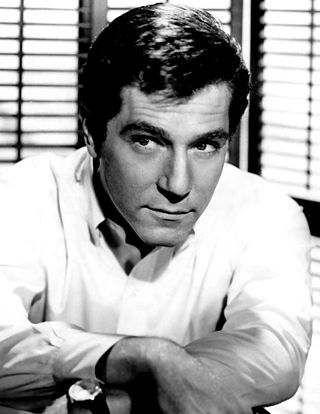
George Segal Jr. was an American actor. He became popular in the 1960s and 1970s for playing both dramatic and comedic roles. After first rising to prominence with roles in acclaimed films such as Ship of Fools (1965) and King Rat (1965), he co-starred in the classic drama Who's Afraid of Virginia Woolf? (1966).
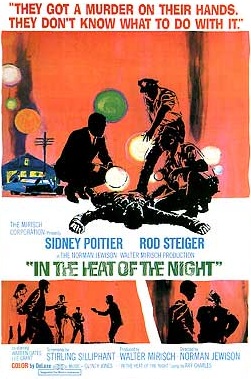
In the Heat of the Night is a 1967 American neo-noir mystery drama film directed by Norman Jewison. It is based on John Ball's 1965 novel of the same name and tells the story of Virgil Tibbs, a black police detective from Philadelphia, who becomes involved in a murder investigation in a small town in Mississippi. It stars Sidney Poitier and Rod Steiger, and was produced by Walter Mirisch. The screenplay was written by Stirling Silliphant.

John Ronald Smight was an American theatre and film director. His film credits include Harper (1966), No Way to Treat a Lady (1968), Airport 1975 (1974), Midway (1976), and Fast Break (1979).

Murray Hamilton was an American stage, screen and television character actor who appeared in such films as Anatomy of a Murder, The Hustler, The Graduate, Jaws and The Amityville Horror.

Richard Norman Anderson was an American film and television actor. One of his best-known roles was his portrayal of Oscar Goldman, the boss of Steve Austin and Jaime Sommers in both The Six Million Dollar Man and The Bionic Woman television series between 1974 and 1978 and their subsequent television movies: The Return of the Six Million Dollar Man and the Bionic Woman (1987), Bionic Showdown: The Six Million Dollar Man and the Bionic Woman (1989) and Bionic Ever After? (1994).

Harper is a 1966 American mystery film based on Ross Macdonald's 1949 novel The Moving Target and adapted for the screen by novelist William Goldman, who admired MacDonald's writings. The film stars Paul Newman as Lew Harper, and was directed by Jack Smight, with a cast that includes Robert Wagner, Julie Harris, Janet Leigh, Shelley Winters, Lauren Bacall, and Arthur Hill.
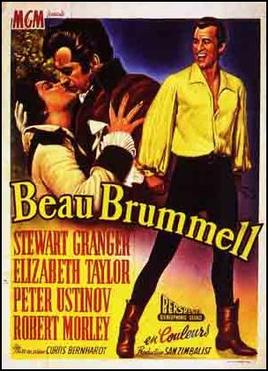
Beau Brummell is a 1954 British historical film released by Metro-Goldwyn-Mayer. It was directed by Curtis Bernhardt and produced by Sam Zimbalist from a screenplay by Karl Tunberg, based on the 1890 play Beau Brummell by Clyde Fitch. The play was previously adapted as a silent film made in 1924 and starring John Barrymore as Beau Brummell, Mary Astor, and Willard Louis as the Prince of Wales.
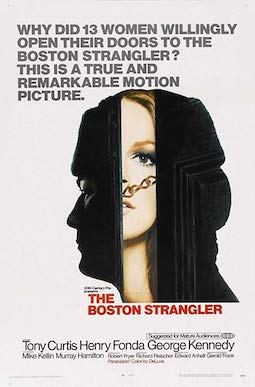
The Boston Strangler is a 1968 American biographical crime drama film directed by Richard Fleischer and starring Tony Curtis, Henry Fonda, George Kennedy, Mike Kellin, Murray Hamilton, Sally Kellerman and William Hickey. It is loosely based on the true story of the Boston Strangler and the 1966 book of the same name by Gerold Frank.

The Detective is a 1968 American neo-noir crime film directed by Gordon Douglas, produced by Aaron Rosenberg, and starring Frank Sinatra, based on the 1966 novel of the same name by Roderick Thorp.

P.J. is a 1968 American neo-noir mystery film directed by John Guillermin and starring George Peppard.
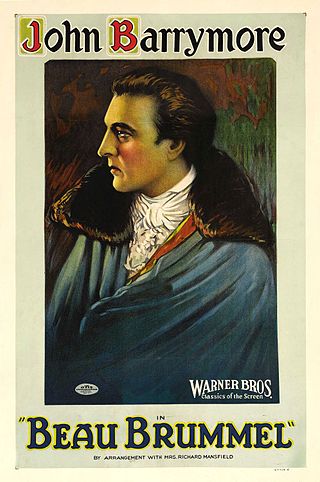
Beau Brummel is a 1924 American silent historical drama film starring John Barrymore and Mary Astor. The film was directed by Harry Beaumont and based upon Clyde Fitch's 1890 play, which had been performed by Richard Mansfield, and depicts the life of the British Regency dandy Beau Brummell.

The Illustrated Man is a 1969 American dark science fiction drama film directed by Jack Smight and starring Rod Steiger as a man whose tattoos on his body represent visions of frightening futures. The film is based on three short stories from the 1951 collection The Illustrated Man by Ray Bradbury: "The Veldt," "The Long Rain," and "The Last Night of the World."
Archie Marshek was an American film editor whose 44-year career spanned six decades.
No Way to Treat a Lady can refer to:
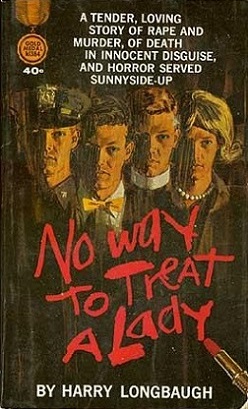
No Way to Treat a Lady is a 1964 novel by William Goldman.
















